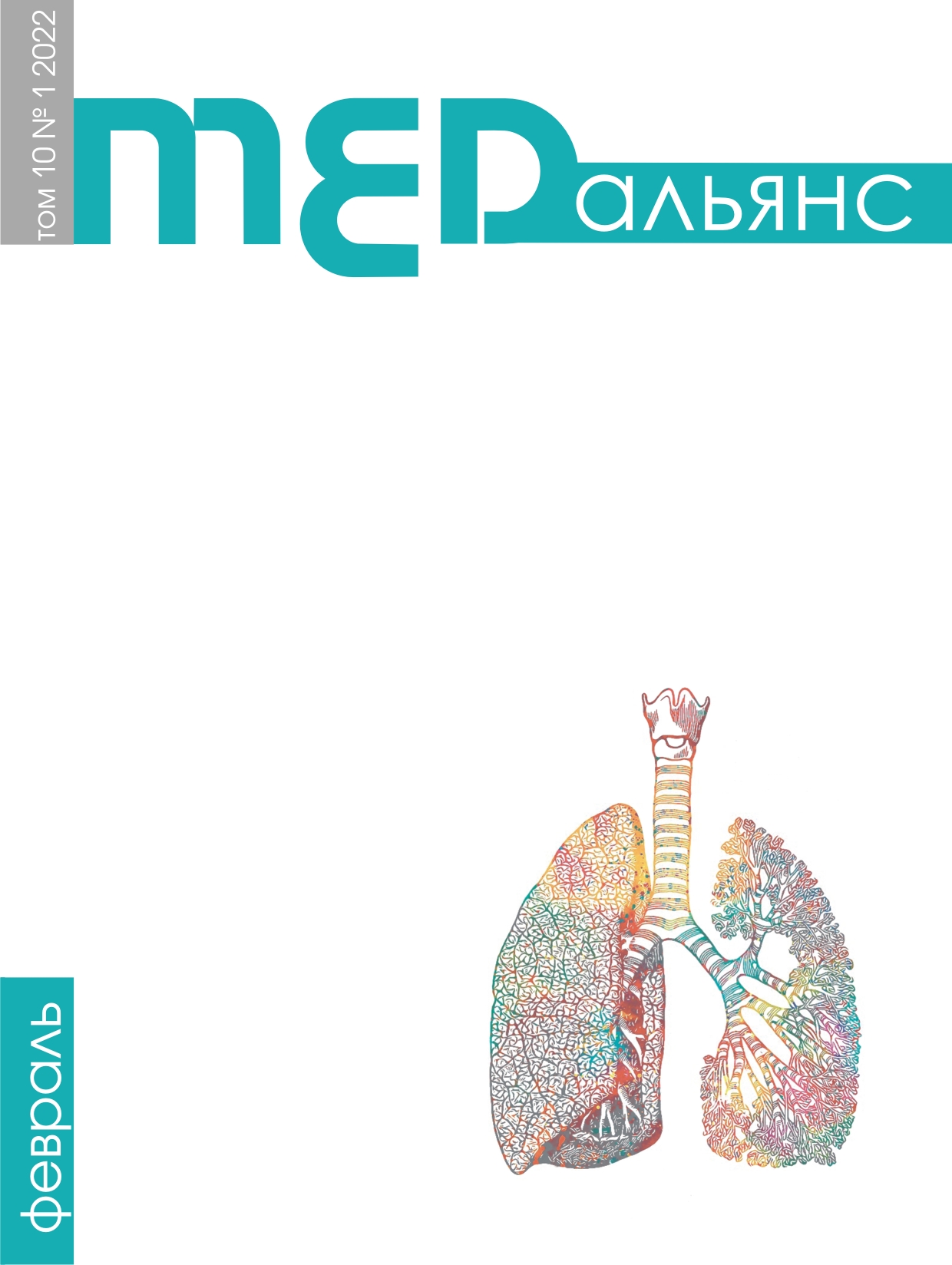Abstract
Out of all the variety of materials available on the market to compensate for the lost hard tissues of teeth, the dentist in most cases prefers light-cured restoration materials that meet both aesthetic and functional requirements. The choice of material is highly dependent on each clinical case. The options for choosing a restoration material are characteristics similar to the properties of natural teeth, which would allow for high-quality restoration, and on the other hand, are able to minimize the violation of the edge fit. However, according to a number of studies, the probability of secondary caries after direct restoration of the hard tissues of the tooth, the cause of which is a violation of the marginal fit in the border area: enamel-composite, dentin-composite, is quite high.
The purpose is to conduct a comparative analysis of materials used for direct restoration of teeth, capable of providing the most qualitative restoration of lost hard tissues of teeth.
Materials and methods. Тhe study was carried out on 32 multi-root teeth of the lateral group of teeth of the upper and lower jaw. Different groups of restoration materials and adhesive systems were used as study materials. The simulation of thermocyclic loads of proto- types was carried out, followed by a fracture test using the Shimadzu AG-50kNXD machine. As a result of the study, diagrams were obtained showing the dependence of the stress applied to the test sample in MPa and the deformation resulting from the applied forces as a percentage. Also, the results obtained reflect the calculation in all areas of the maximum applied force in Newtons and the maximum voltage in Mega Pascals. Research results. Тhe most resistant to mechanical stress were the samples, in the preparation of which the IV generation adhesive system OptiBond FL (Kerr) was used. The maximum value of the force that these samples were able to withstand was 353.27±4.80 N, and the value of the maximum voltage was 28.11±0.38 MPa. In turn, the samples prepared using the self-etching adhesive system of the VII generation G Bond (GC) turned out to be the least resistant to fracture of the four adhesive systems considered, they could withstand only a force of 265.20±3.76 N and a volt- age of 21.10±0.30 MPa.
Conclusion. Тhe most resistant to mechanical stress were the samples, in the preparation of which an adhesive system of the IV generation OptiBond FL (Kerr) was used. The least fracture-resistant of the four adhesive systems considered were the samples prepared using the self-etching adhesive system of the VII generation G Bond (GC).

